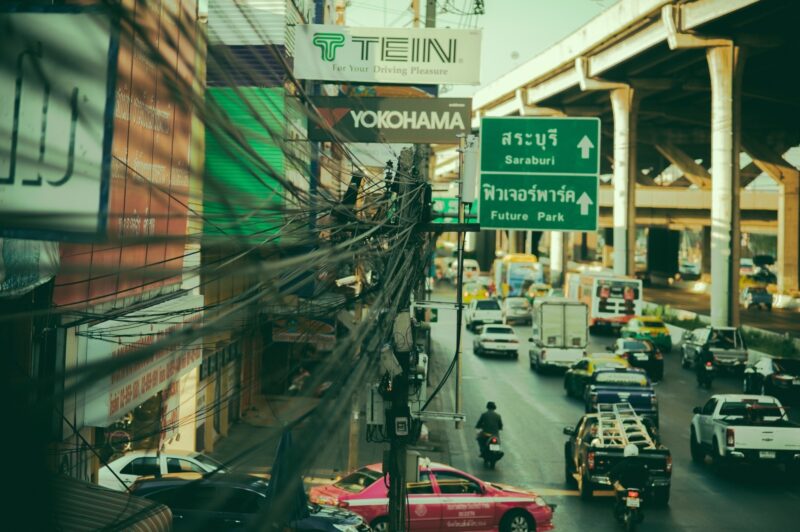Phasing out coal-fired power in South and South-East Asia
Authors
Nandini Das, Victor Maxwell Thomas Houlie with Steven Bayne, Tania Urmee from Murdoch University

Reliance on coal is particularly acute in the economies of South and South-East Asia, where a combination of fast-growing electricity demand, and the relatively young age of coal plants (on average less than 13 years) could potentially lock-in a major source of emissions for decades to come. The ongoing reliance on coal also presents escalating challenges linked to energy security and affordability.
This report for UNESCAP and Murdoch University we provide insights into how these two regions can transition away from coal to a renewable-based efficient energy system compatible with the Paris Agreement and Sustainable Development Goals (SDGs). We set out policy recommendations that could guide these regions in their exit from coal.
The energy demand surge in South and South-East Asia over the last decade, driven by urbanisation and economic growth, has led to increased reliance on coal.
- Between 2010 and 2021, South-East Asia's energy consumption rose by 23 per cent.
- In South Asia, energy demand has grown on average more than 5 per cent annually since 2000, where India is the large driver of the growth, its energy consumption rose by 44 per cent between 2010 and 2021.
One major issue facing these two regions is that ~50% of operating capacity is 10 years old or younger, making a coal phase-out challenging due to recent investments and unpaid debt in young coal fleets.
Coal use for power generation needs to peak by 2020 and be reduced quickly afterwards, across South and Southeast Asia. Unabated coal-fired power generation should be reduced by 60% (South Asia) to 70% (Southeast Asia) from 2020 levels by 2030 and phased out by 2036.
Generation from currently operating coal-fired power generation is already largely exceeding the Paris Agreement benchmarks.











